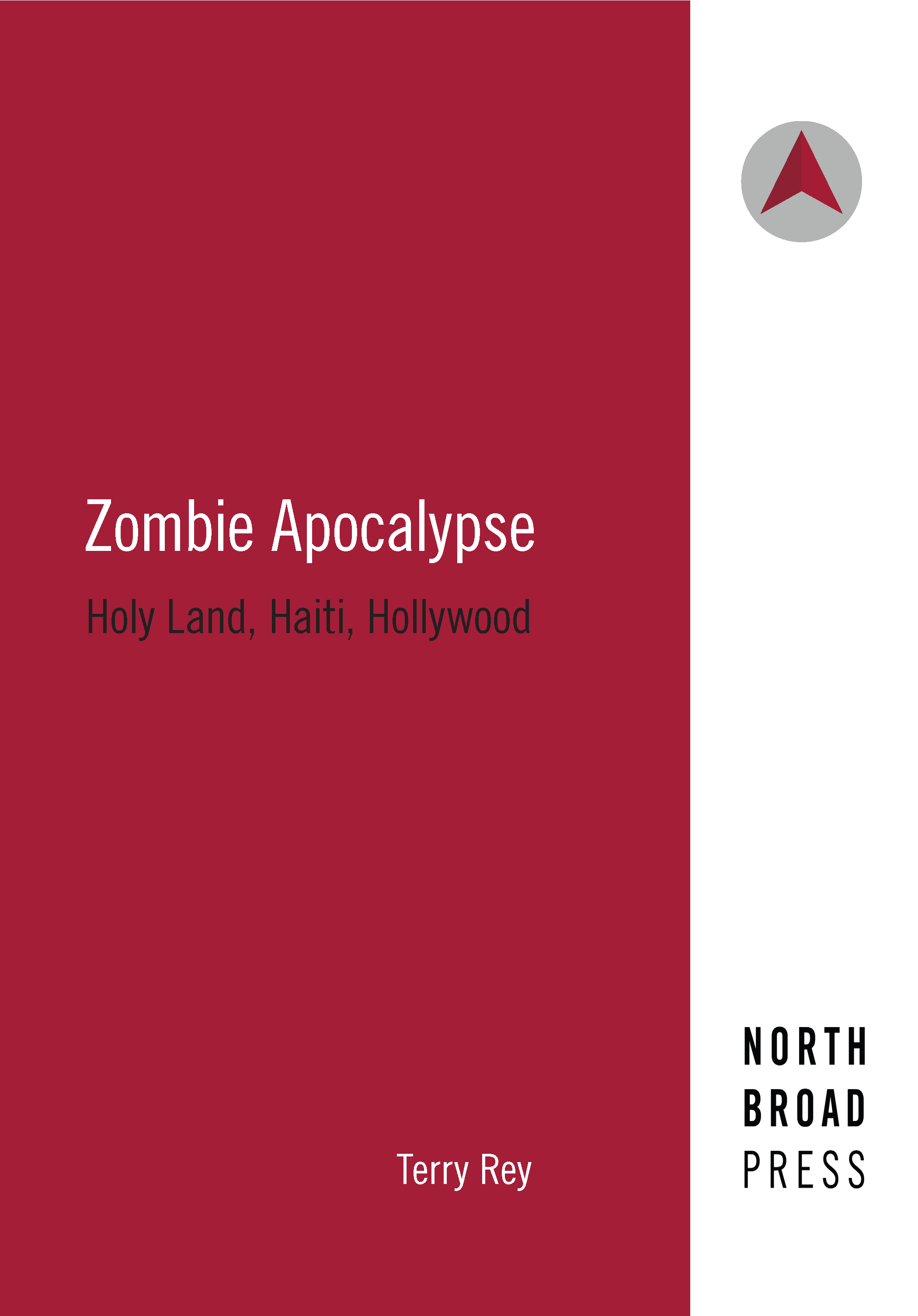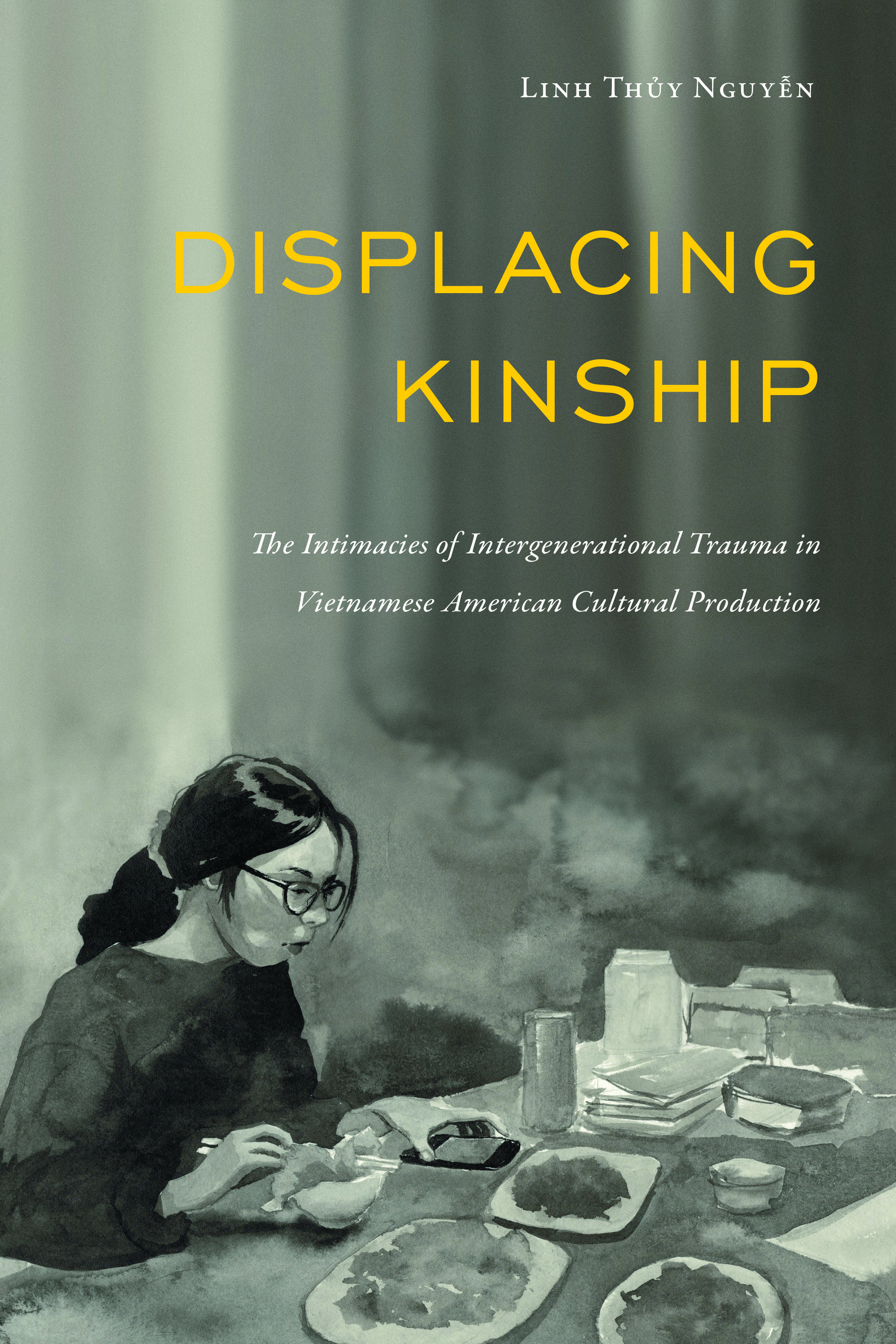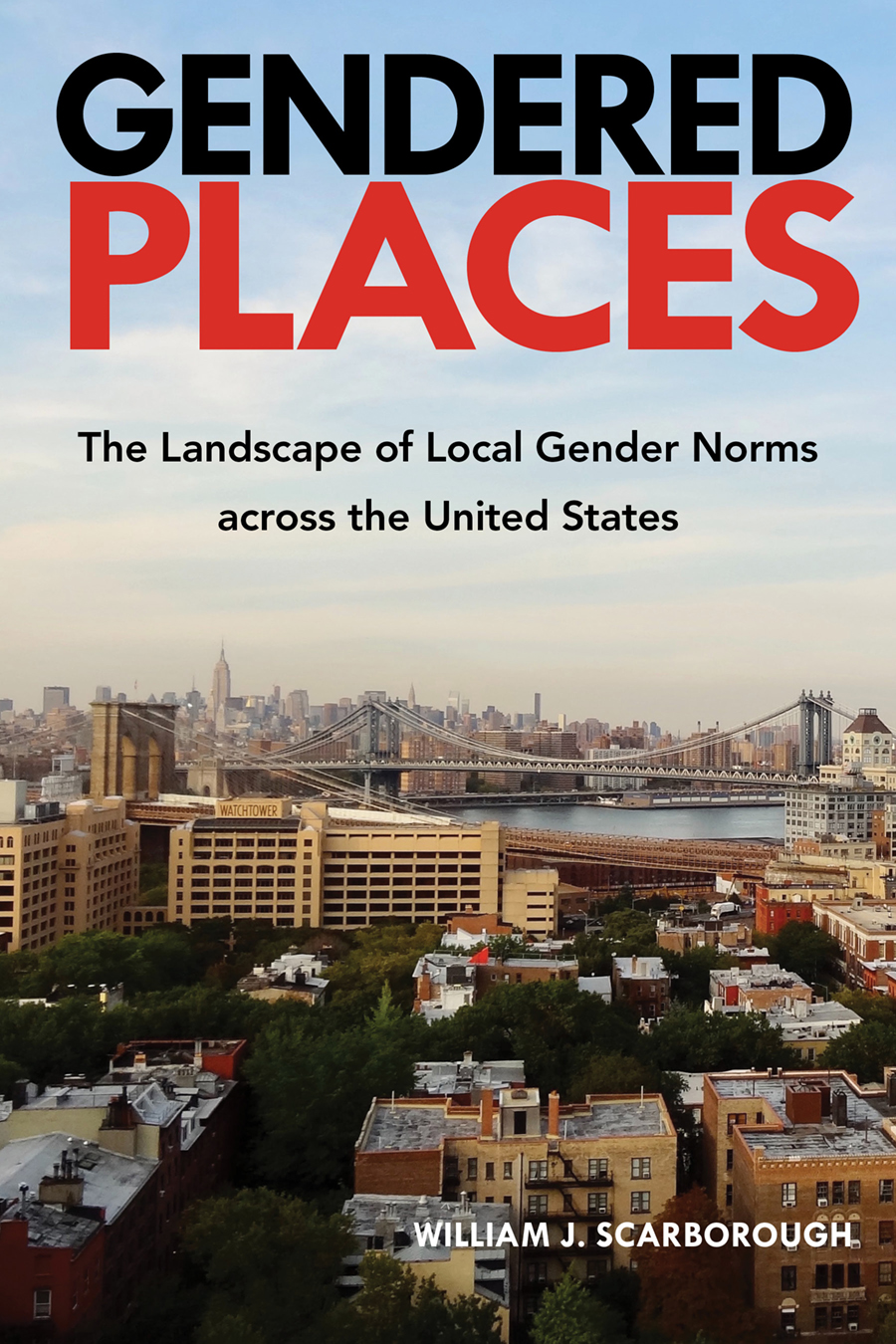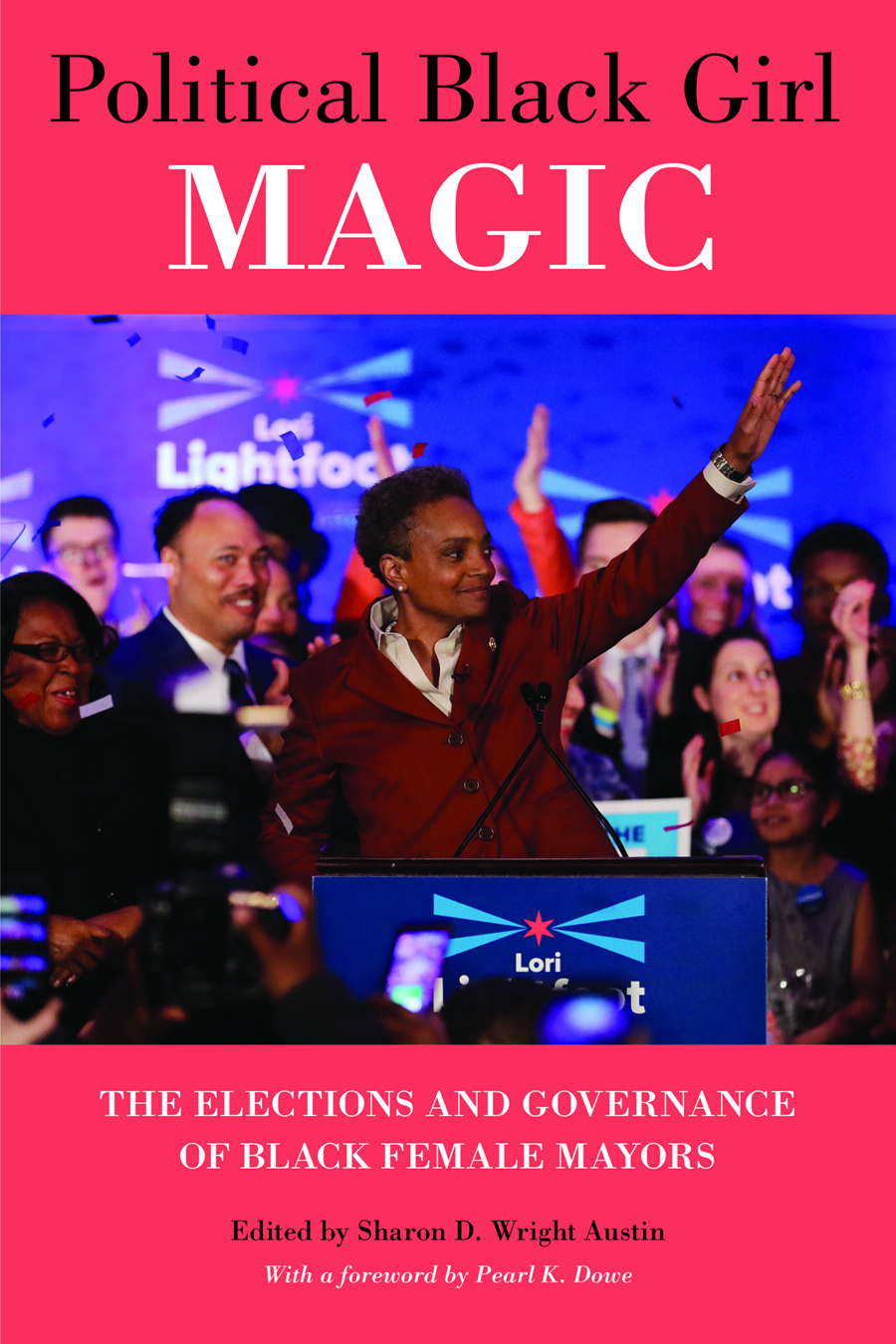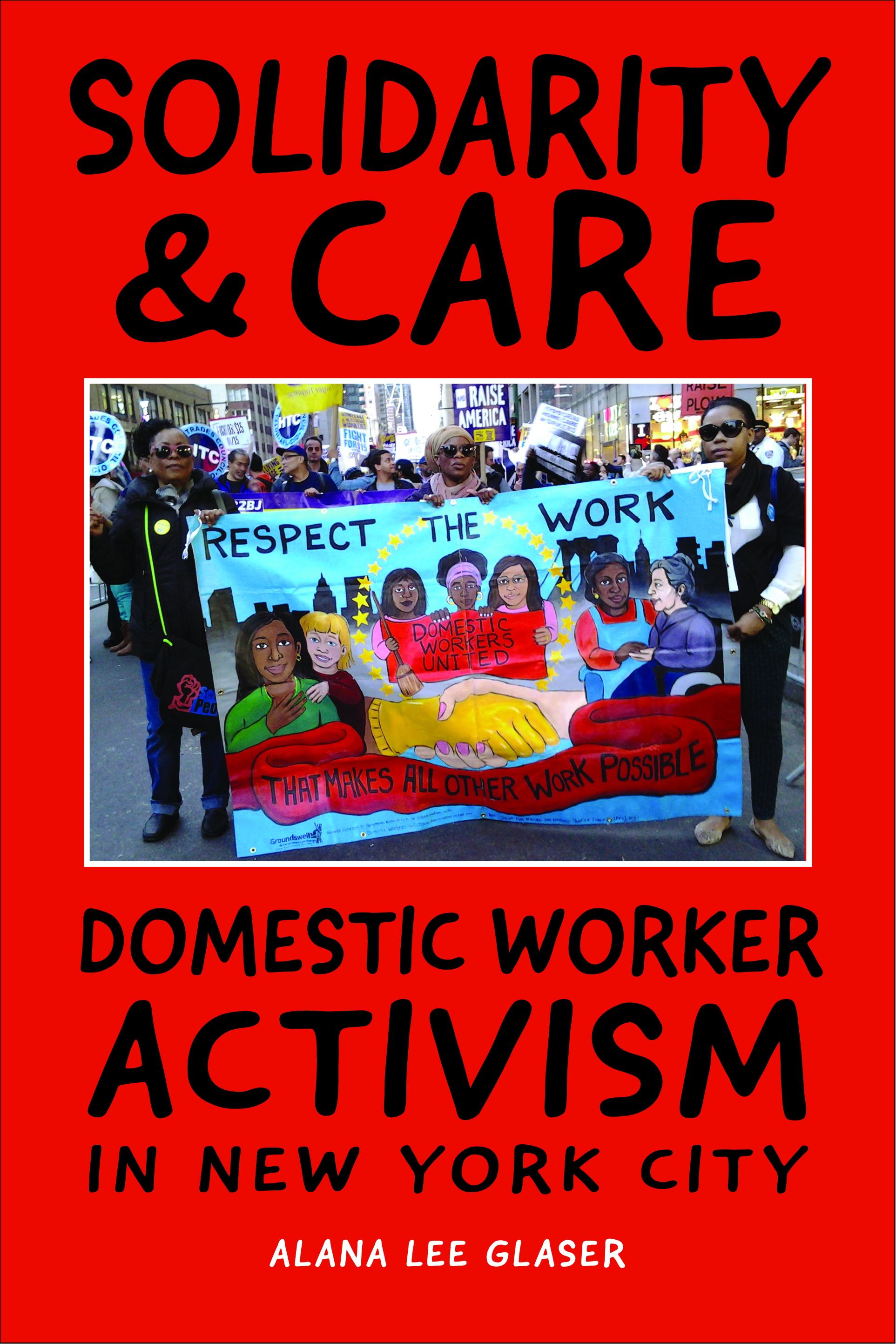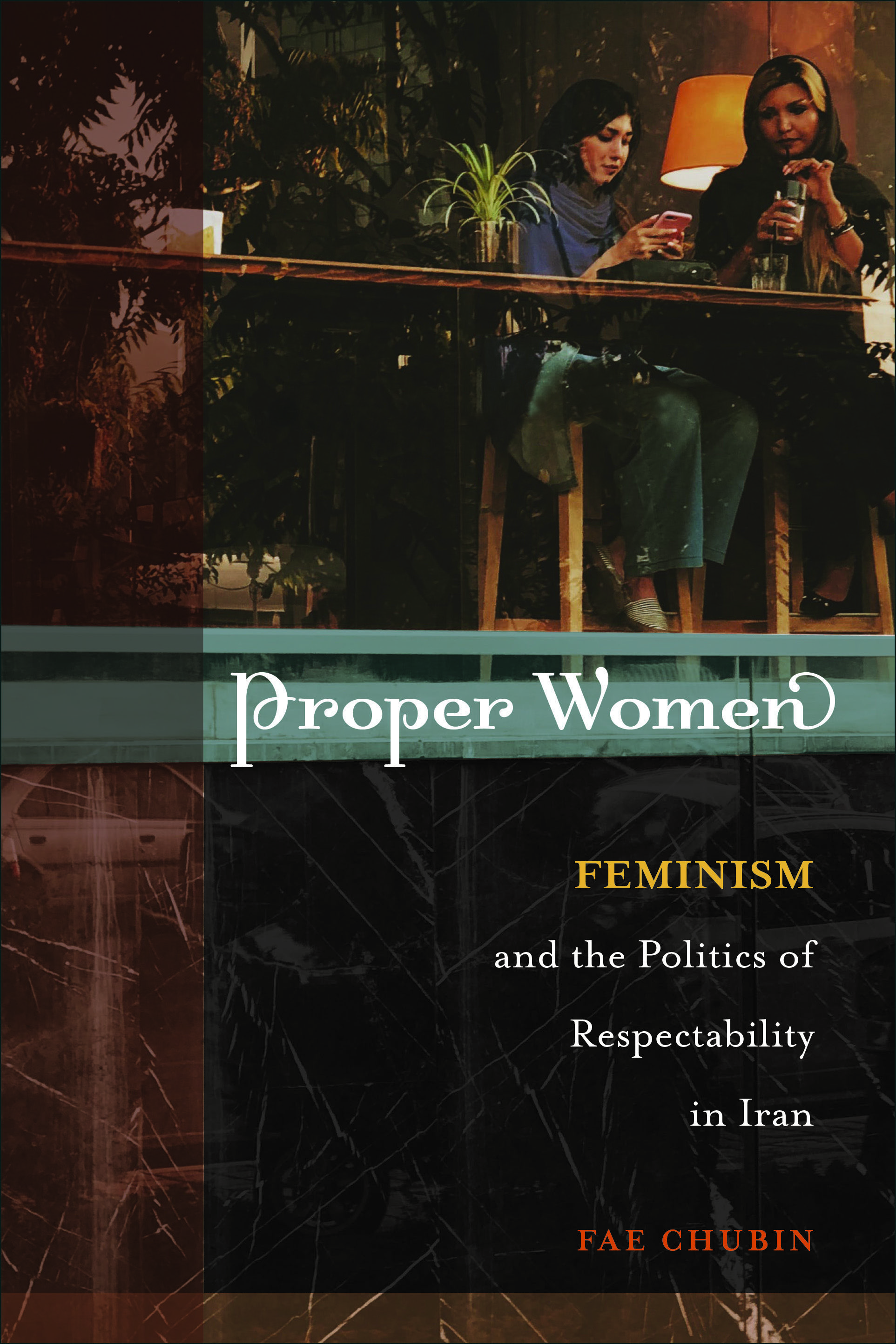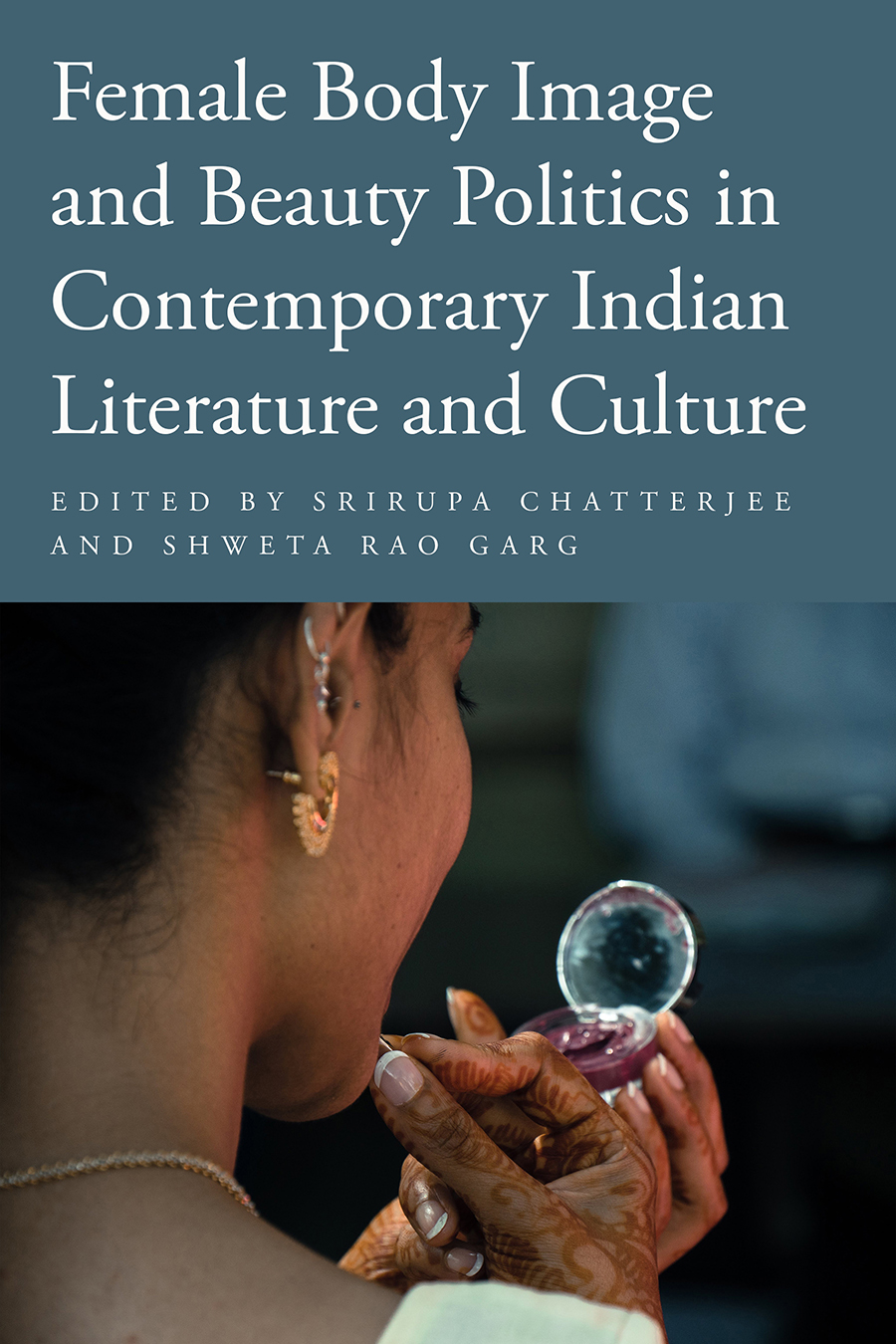This week in North Philly Notes, Austin Sarat, editor of Death Penalty in Decline?, considers how attitudes about capital punishment have changed over the decades since Furman v. Georgia.
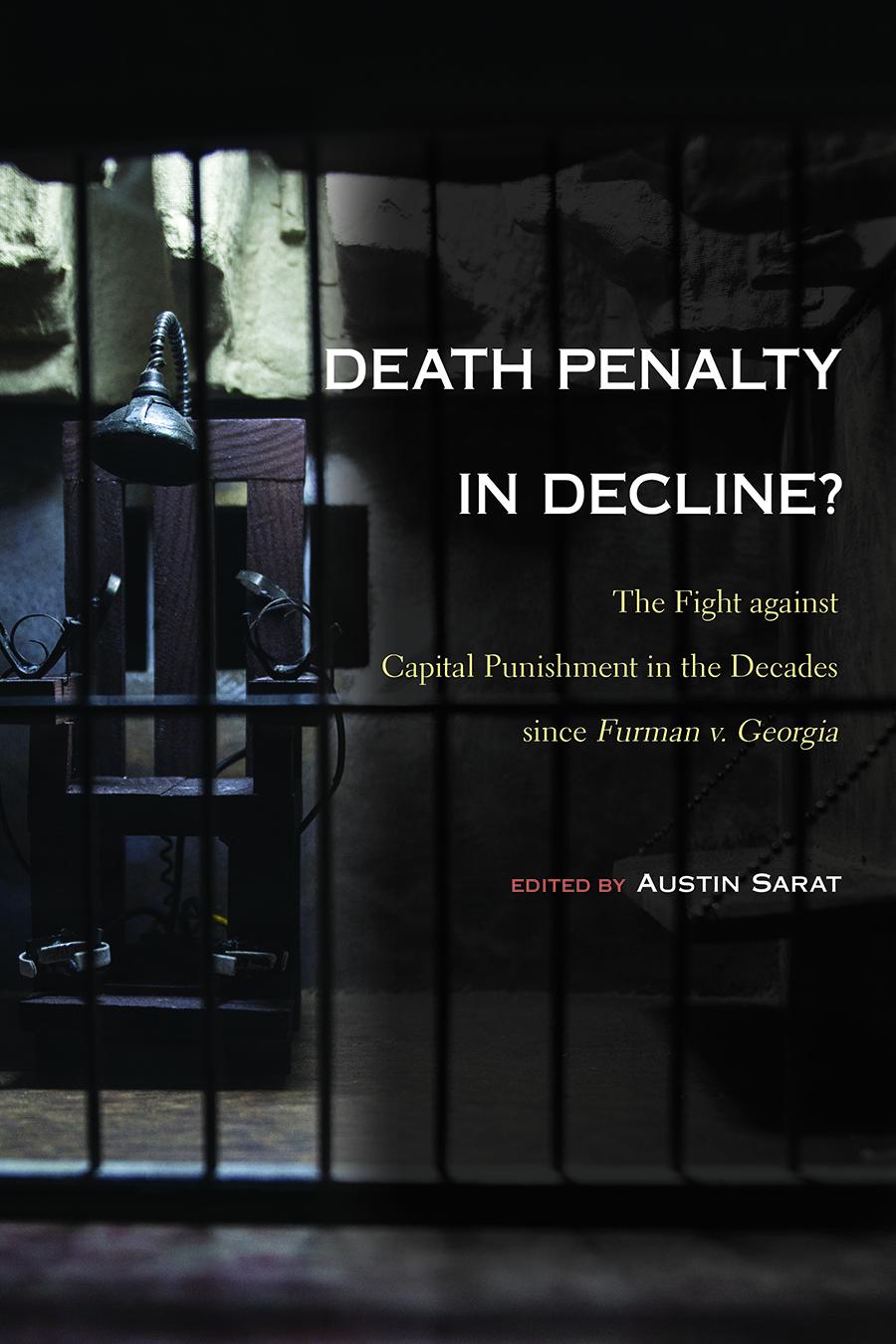
I have been studying America’s death penalty for almost 50 years. When I started doing so it seemed almost unimaginable that this country could, or would, ever give up its apparent love affair with capital punishment. In 1972, the United States Supreme Court brought a temporary halt to capital punishment in Furman v. Georgia. Four years later, however, the Court approved new procedures for deciding on death sentences and upheld the constitutionality of the death penalty. And by the 1990s, fueled by a “tough on crime” political climate, the number of death sentences and executions steadily climbed.
I have been inspired in my work on capital punishment by what Supreme Court Justice Thurgood Marshall wrote in Furman. He believed people supported the death penalty because they did not know very much about it. Marshall argued that the more people knew about the death penalty, the less they would like it. He thought that scholars could play an important role in the work of educating the public about the grim realities of state-sponsored killing.
So I had my charge. Write about the workings of the death penalty system. Inform my fellow citizens about what the government does when it puts people to death.
I have written many books and scholarly articles about America’s death penalty. Recently, I added to my repertoire a series of op eds and commentaries designed to make my scholarship accessible to a public audience. I have not been alone in this work. Many distinguished scholars have lent their voices to the conversation about capital punishment. Lawyers, activists, and politicians have done the crucial work of mobilizing opposition to state killing.
They have alerted us to the fallibility of, and flaws in, the death penalty system. Sixty-three percent of the American public now believe that an innocent person has been executed in the past five years, and confronting the sheer fact of miscarriages of justice has led many Americans to reconsider their views about the death penalty. The fear of executing the innocent, the continuing specter of racial discrimination in the death penalty system, and the difficulties encountered with lethal injection executions have led to the perception that the death penalty system is broken from start to finish.
As a result, what was unimaginable 50 years ago is today very much on the horizon of possibility, namely that the United States may soon find a way to live without the death penalty. Indeed, it is fair to say that we are in the midst of a national reconsideration of capital punishment and on the road to its abolition. Signs of progress in the fight against capital punishment are everywhere.
Since 2007, more states have abolished the death penalty than at any other 17-year period in American history. As the Death Penalty Information Center noted in its 2022 annual report, “public support for capital punishment and jury verdicts for death remained near fifty-year lows. Defying conventional political wisdom, nearly every measure of change—from new death sentences imposed and executions conducted to public opinion polls and election results—pointed to the continuing durability of the more than 20-year sustained decline of the death penalty in the United States.”
The Death Penalty in Decline? looks back over the last half-century and offers an analysis of the enduring significance of Furman. It takes up the facts of the present moment in the hope of offering a portrait of where we are on the road to abolition. It continues the work that Justice Marshall inspired.
Filed under: african american studies, american studies, civil rights, economics/business, Education, ethics, law & criminology, Mass Media and Communications, philosophy, political science, race and ethnicity, racism, sociology | Tagged: Abolition, capital punishment, death penalty, execution, Furman v. Georgia, supreme court, Thurgood Marshall | Leave a comment »






